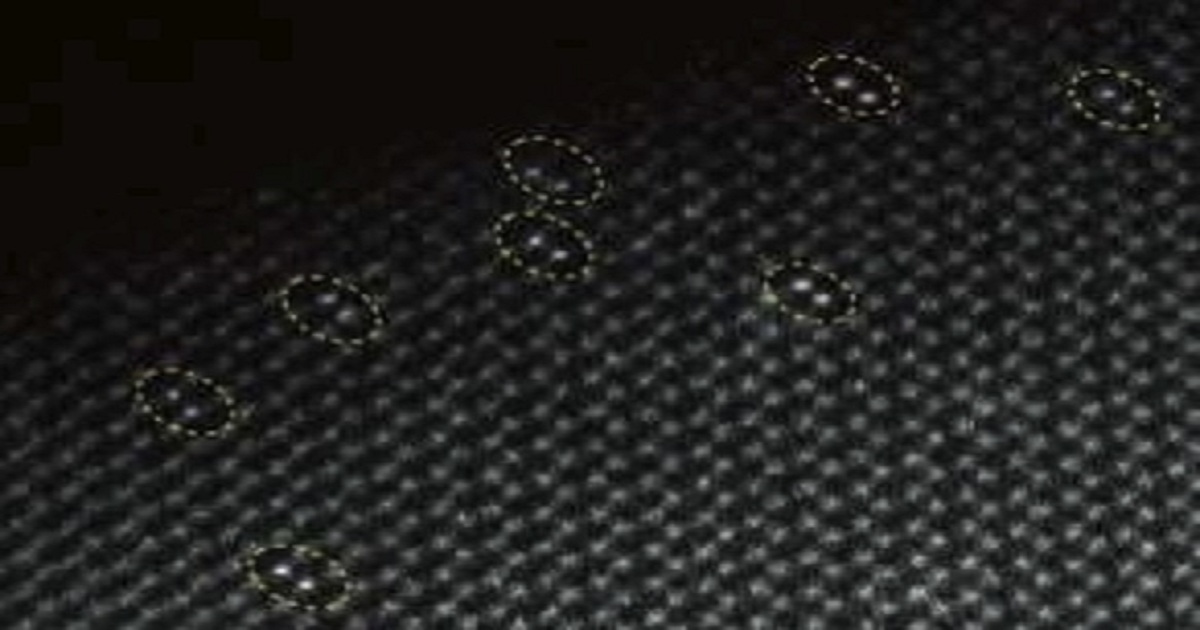New dual-atom catalyst shows promise to yield clean energy by artificial photosynthesis
SolarDaily | March 08, 2018

Looking for new solutions to more efficiently harvest and store solar energy, scientists from the U.S. and China have synthesized a new, dual-atom catalyst to serve as a platform for artificial photosynthesis, the team reported in the Proceedings of the National Academy of Sciences. The team developed an iridium catalyst with only two active metal centers. Most significantly, experiments revealed the catalyst to be a well-defined structure, capable of serving as a productive platform for future research on solar fuel synthesis. "Our research concerns the technology for direct solar energy storage," said Boston College Associate Professor of Chemistry Dunwei Wang, a lead author of the report. "It addresses the critical challenge that solar energy is intermittent. It does so by directly harvesting solar energy and storing the energy in chemical bonds, similar to how photosynthesis is performed but with higher efficiencies and lower cost."